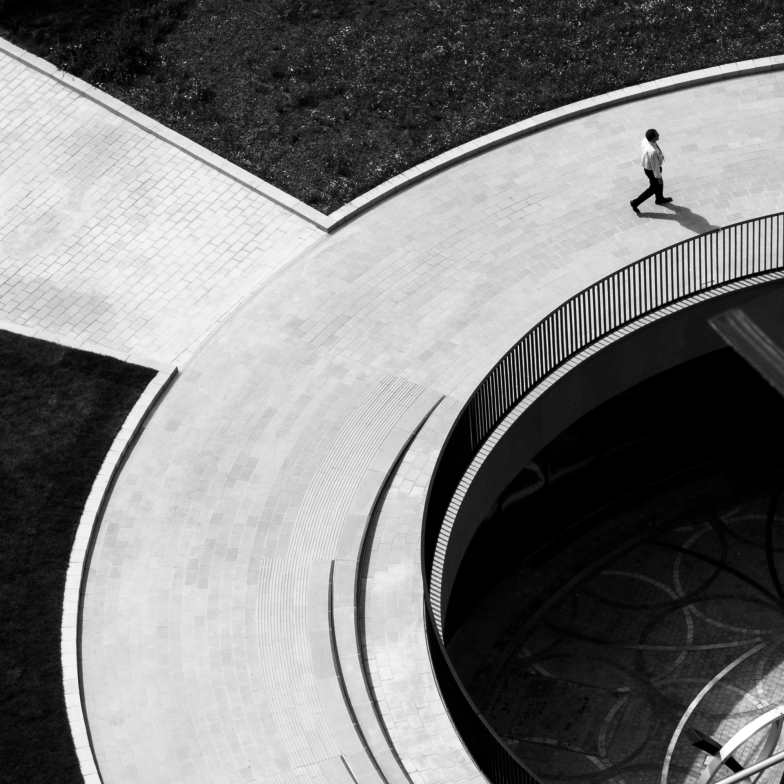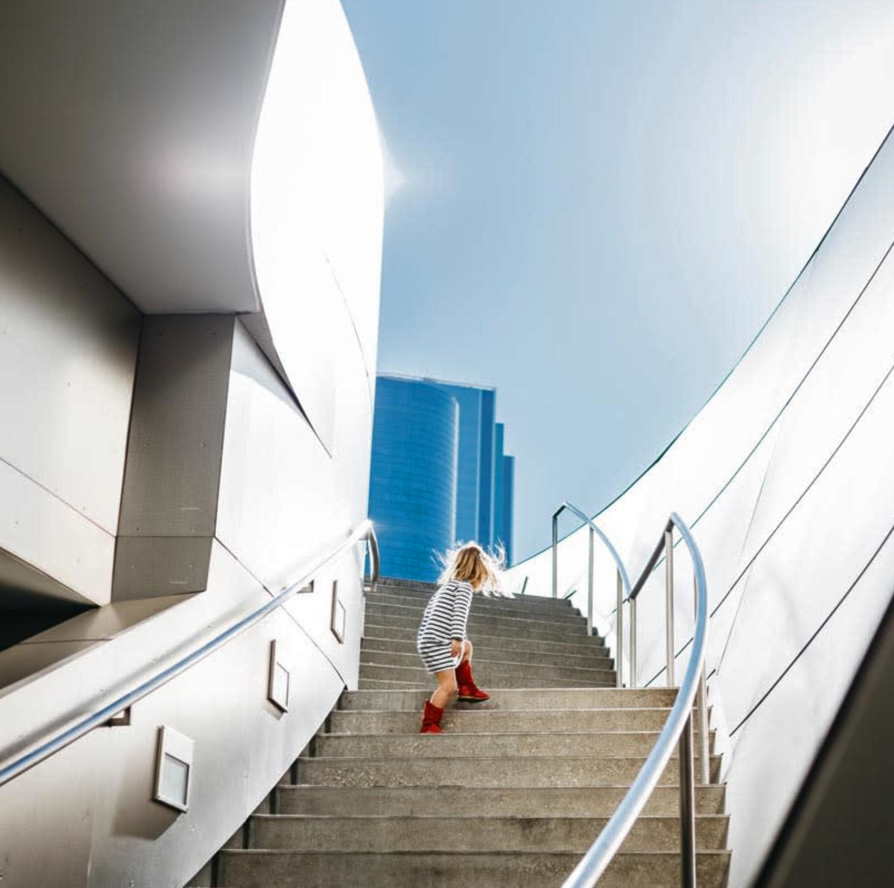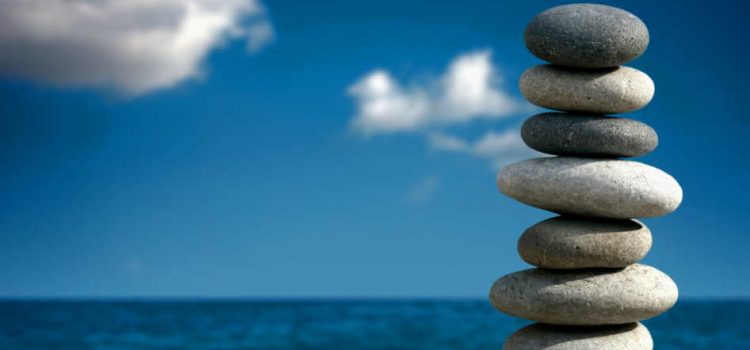Balance is among the least-discussed concepts of great structure, however it is possibly the most crucial. Photographers, purposely or not, make an essential decision for each image: should the structure be well balanced or imbalanced?
To some degree, every picture around has components of both balance and imbalance, that makes this subject vital for photographers seeking to enhance the strength of their images at the most basic level.
When different parts of an image command your attention similarly, ideal balance in photography composition is accomplished. In photography, there are 2 primary methods of balance you must understand: official and casual. We’ll go over the distinction in between each and how they can affect your picture.
 Knowing how to successfully balanced photography within an image is an ability that all serious photographers should learn. The issue with incorrectly well balanced photos is that they are less attractive to take a look at and can immediately switch off an audience.
Knowing how to successfully balanced photography within an image is an ability that all serious photographers should learn. The issue with incorrectly well balanced photos is that they are less attractive to take a look at and can immediately switch off an audience.
Stabilizing components in photography ends up being essential when you frame your shots. If you reflect to the chapter on the guideline of thirds, you’ll bear in mind that we described how positioning the primary topic of your image off center can develop a more vibrant picture.
That’s because asymmetry makes an image more enticing to an audience because it triggers visual stress.
The only issue with the guideline of thirds is that it can also leave a broad open void in a picture which may make the scene feel empty.
In some circumstances this may work extremely well for your image, however if it does not you need to attempt to stabilize the visual weight of your topic by consisting of other challenge fill the void.
The 2 primary strategies of utilizing symmetrical balance photography are classified as official and casual balance.
Official Balance
Official balance can be specified as balanced balance. In the previous chapter, we taught you how to attain in proportion balance in photography. All you have to do is frame the shot so that several similar or comparable topics are duplicated balanced on each sides of an offered point.
Other techniques you can use consist of:
 Light against dark
Light against dark
A small area of white in a picture can be stabilized by a bigger area of black, and vice versus. Everyone does not have to have the same strength.
Colors
A small area of lively color can be stabilized by a bigger area of neutral color. Dynamic colors supply more strength and for that reason big neutral areas can be used to make up for it.
Texture
Small areas with fascinating textures in a picture can be stabilized by bigger areas of smooth, un-textured components.
